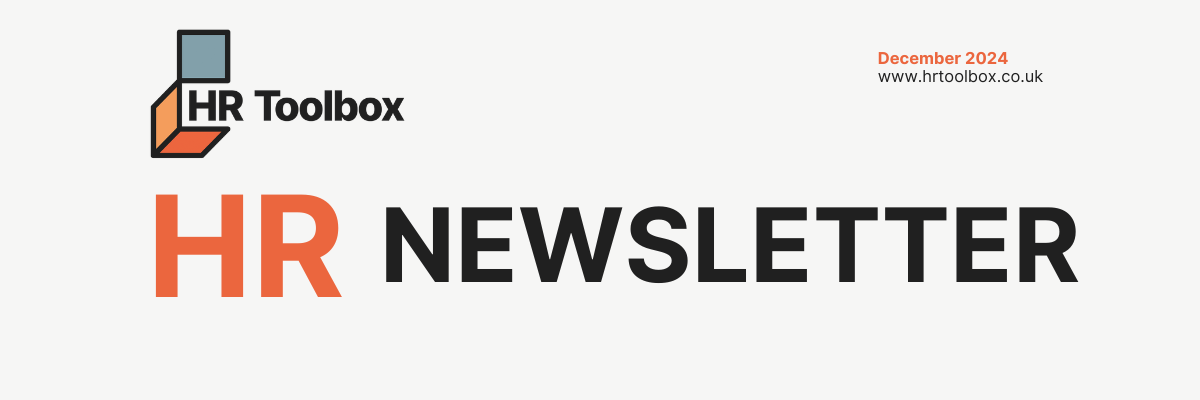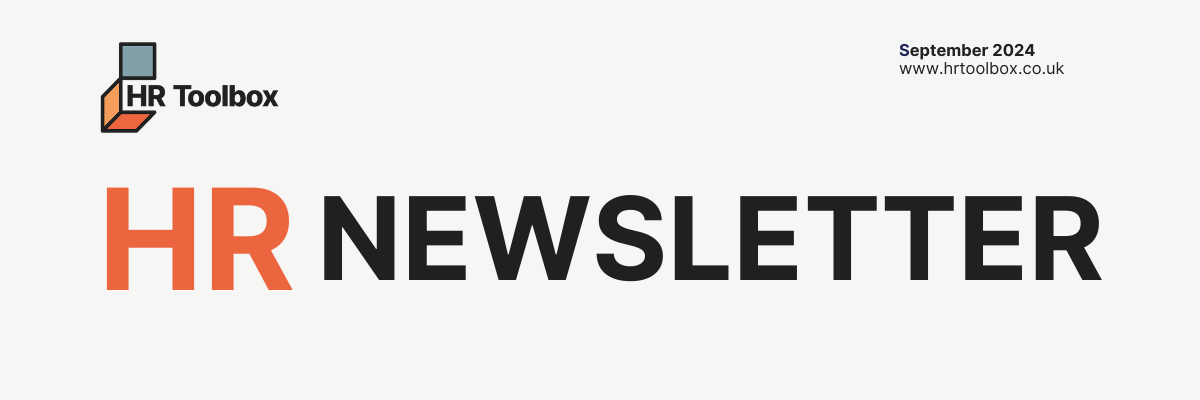The business owner’s guide to measuring inclusion
Is your business truly inclusive?

Let’s explore what inclusion really means, why it’s crucial for your business and how you can measure it to supercharge your success.
What is inclusion?
Inclusion, diversity and equality might be interconnected, but they’re not the same.
There’s different acronyms for diversity and inclusion (EDI, DEIB, DEI, to name but a few) and they represent distinct aspects of workplace culture:
- Diversity: The variety of backgrounds, identities and experiences within your workforce.
- Equality: Fair treatment and equal access to opportunities and resources for everyone.
- Inclusion: An environment where people feel valued, respected and accepted, without having to change who they are.
- Belonging: A sense of fitting in and being an integral part of the work community.
Inclusion is about creating a culture of belonging where everyone in your business feels safe and can express themselves without fear, judgement or the need to conform.
How does it fit into your business and why is it important for your culture?
Inclusion isn’t just a one-off initiative; it should permeate every aspect of your business. From recruitment and leadership to company policies, it should drive all of your decisions.
It's also crucial for culture and engagement. When you embed inclusion into your business DNA, great things happen. You attract and retain top talent, ignite people’s creativity and see productivity levels go through the roof.
An inclusive culture safeguards your business, preventing bullying, harassment and discrimination while building stronger, more cohesive teams.
In a truly inclusive workplace, every individual knows their contribution matters - and so do they.
What should your policies include to create an inclusive workplace?
Creating inclusive policies begins with a commitment to fairness and equity at all levels.
Start with implementing essential policies, like an overarching EDI policy and anti-bullying and harassment guidelines, in line with legal standards.
Then review existing policies through an inclusive lens, to make sure they break down barriers, not create them.
Ask yourself critical questions like, ‘do my policies make anyone feel undervalued?’ and ‘are we using outdated, out-of-touch or discriminatory language?’.
Expand your policies to include menopause support, family-friendly initiatives and transgender/non-binary inclusivity. This will promote a truly inclusive workplace where everyone feels included and valued.
How do you measure the impact?
Inclusion isn’t just a to-do list to be ticked off. It’s a journey that requires time, dedication and effort to achieve actionable and measurable outcomes.
But measuring impact can be the tricky part. Diversity metrics provide quantifiable data to understand the makeup of your business and identify trends, but they don’t reveal the 'why' or the full picture.
To drive real change, you need more meaningful data like, ‘why are diverse employees leaving my business?’ and ‘what barriers to diversity exist within our leadership team?’.
Here’s some effective strategies to measure the inclusion impact in your business:
1 - Employee voice
Your most powerful tool! Use pulse surveys and employee engagement tools to grasp your employees’ views of inclusion, belonging and respect in your business. Inclusion is different for everyone, so every voice counts.
2 - Qualitative insights
Conduct focus groups and interviews to uncover employee experiences and identify nuanced challenges, like those experiencing menopause or leaders in marginalised groups. Avoid the simple mistake of assuming feedback from one or two employees speaks for many.
3 - Lived experiences
Compare the experiences of marginalised groups with those in the majority to pinpoint any differences or disparities. This insight will shape your targeted inclusion strategies and prevent disengagement.
4 - Employee-led groups
Stay connected with your Employee Resource Groups (ERGs) and internal networks to access diverse perspectives and tackle inclusion challenges head on. These safe spaces foster connection and allyship and provide a platform for voicing concerns and ideas— perfect for gauging how your inclusion efforts are landing.
5 - People issues
Review and analyse your caseload of people issues, tracking trends in areas like bullying, discrimination and grievances. Proactively explore and address any underlying issues to build a supportive and inclusive workplace culture.
6 - Allyship and engagement
Allyship extends beyond the People team - everyone in your business plays a part in promoting inclusive behaviours and nurturing a supportive culture. Assess ally presence across all levels of the business, through pulse surveys, ERG participation and by observing meetings. Then identify gaps and opportunities to strengthen allyship.
7 - Learning and Development
Track participation rates in your inclusion and diversity L&D programmes to gauge employee engagement. Identify and address barriers that block learning opportunities for underrepresented groups, ensuring there's a level playing field where everyone can thrive.
8 - Hiring practices
Creating an inclusive workplace culture starts with your recruitment process. Review and adapt your practices to ensure inclusivity and use metrics, like candidate diversity, at each stage. Diversify your recruitment sources and ensure inclusive interview panels for fairness and representation.
9 - Benchmarking
Compare your inclusion efforts with industry benchmarks or competitors. This empowers you to track progress, spot gaps and target areas for improvement, so you stay competitive and create a more inclusive workplace.
10 - Exit interviews
Always ask about inclusion in exit interviews to understand its impact on employee retention and satisfaction. You might discover whether it influenced their decision to go elsewhere.
Need help?
Inclusion isn't a one-off effort; it should be interwoven into the fabric of your business and guide all of your decisions.
When you fully embrace it, you're not just strengthening your company; you're creating a vibrant, supportive culture where everyone belongs.
Partnering with an HR Consultant can turbocharge your inclusion efforts, delivering real business impact. From crafting inclusive policies to fostering allyship and measuring impact, they bring expertise to navigate any complexities and keep you ahead of the curve.
Reach out today to discover how we can help!
Get In Touch
We will get back to you as soon as possible
Please try again later

ABOUT US
HR Toolbox have over 20 years HR experience in the private & public sectors. Our customers love us as we give them the 1:1 HR support, tools, and software to help save them time, reduce risk, improve their employees experience and protect themselves.
SERVICES
Website built by - Mission Three60 LTD










